10 Hot Server, Storage, HCI And Networking Products In 2021
CRN takes a technical dive into 10 new data center infrastructure hardware products that are becoming the foundation of the digital world.

Innovation in the data center hardware market is on fire as businesses across the globe seek greater performance, security, software features and simpler deployment for the growing list of demanding applications such as artificial intelligence (AI) and machine learning.
Servers, storage, networking and hyperconverged infrastructure lay the foundation for the digital world. The IT infrastructure hardware market is dominated by a handful of vendors who compete for billions each quarter for market share including the likes of Cisco, Dell Technologies, Hewlett Packard Enterprise and Supermicro. These market leading vendors have created new hardware innovations in 2021 with next-level features and performance, in part, thanks to new microprocessor launched this year by Intel and AMD.
CRN takes a look at 10 new infrastructure hardware products leading the world’s innovation engine inside data centers.
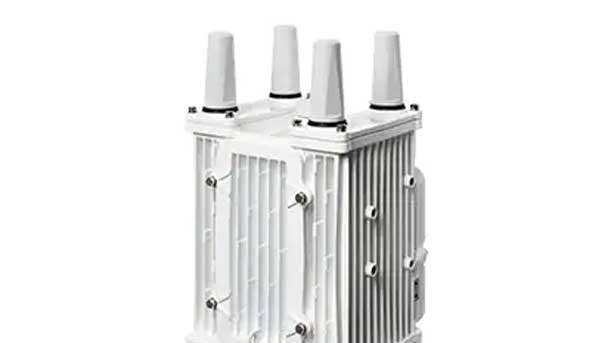
Cisco Catalyst IR8100
Cisco just launched the Catalyst IR8100 Series of routers to address both routing and switching needs as one of Cisco’s first industrial-grade, fully integrated switching and routing platforms. The new hardware is powered by Cisco’s programmable IOS XE operating system that ties process and workflow automation to SD-WAN management. It also includes Cisco’s Unified Threat Defense and Cyber Vision for visibility. The router is designed to handle various 5G, public and private LTE use cases.
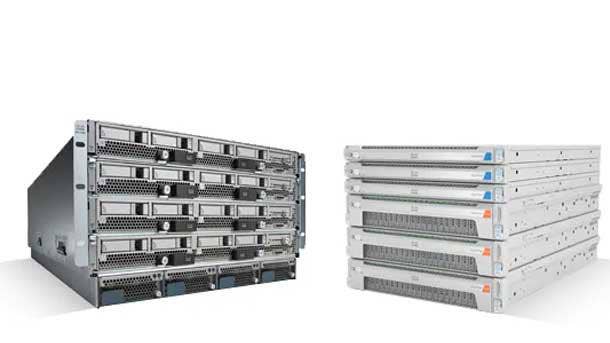
Cisco HyperFlex HX-Series
With its UCS X-Series of servers for its HyperFlex family of HCI platforms, Cisco has implemented Kubernetes and an instance of kernel-based virtual machine (KVM) foundation to create an Intersight Workload Engine that functions as Cisco’s operating system for the HX-Series. The offering unifies compute, storage and networking with cloud management. Cisco said it’s bringing a new era of performance to the data center with its HX220c M5 all-NVMe node.
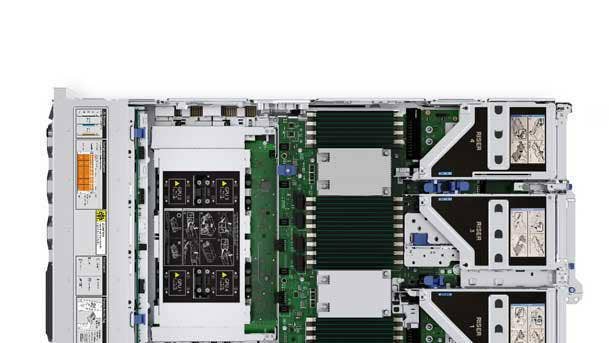
Dell PowerEdge XE8545
Dell Technologies’ new PowerEdge XE8545 server combines AMD and Nvidia technology—designed for accelerated workloads and ideal for machine learning, HPC and GPU virtualization. The new 4U PowerEdge XE8545 server uses the maximum core counts of two third-generation AMD EPYC processors with four of the highest-performing Nvidia A100 GPUs. PowerEdge XE8545 offers up to 128 cores of Milan CPUs, four Nvidia A100 GPUs and optimized performance of Nvidia’s vGPU software in a dual-socket server.
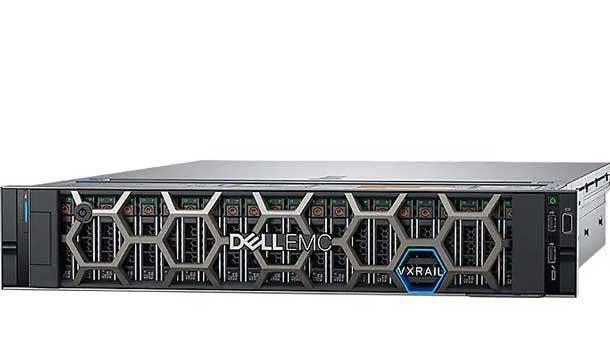
Dell VxRail V Series
Dell’s new VxRail V Series offers a VDIoptimized 2U one-node platform with GPU hardware for graphics-intensive desktops and workloads. The VxRail V470 and V570 models include new PowerEdge servers containing chip innovation from Intel and AMD. The VxRail V Series offers Nvidia A40 or Nvidia A100 Tensor Core GPU options to provide greater performance and simpler deployment for demanding applications such as AI and machine learning.
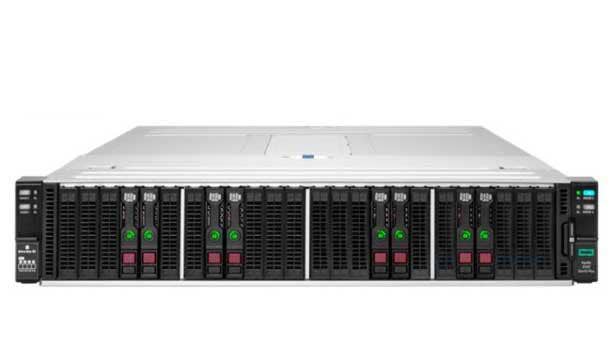
HPE Apollo 2000 Gen10 Plus
Hewlett Packard Enterprise’s new Apollo 2000 Gen10 Plus system is an infrastructure chassis with flexible support for up to four HPE ProLiant XL225n servers powered by AMD EPYC processors. Server nodes can be serviced without impacting operation of other nodes in the same chassis for increased server uptime. The system can be deployed with a single server, leaving room to scale as customers’ needs grow to bring the power of supercomputing to any data center. The Apollo 2000 Gen10 Plus is tailored to high-performance-computing applications.
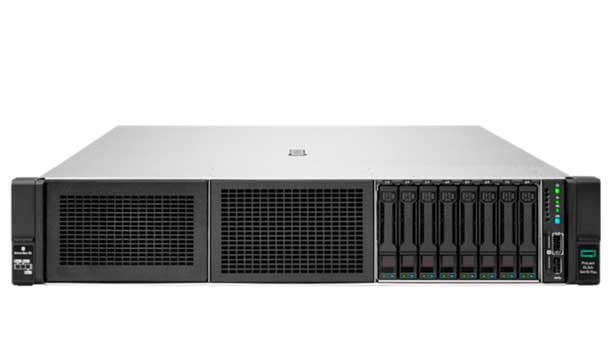
HPE ProLiant DL345 Gen10 Server
HPE’s new storage-optimized ProLiant DL345 Gen10 Plus server line targets database workloads. The ProLiant DL345 provides up to 128 lanes of PCIe Gen4 to improve I/O throughput and reduces latency in a single-socket design. Enclosed in a 2U server chassis, the server improves storage capacity across SAS/SATA/NVMe storage options, making it ideal for applications such as structured/unstructured database management. It is equipped with AMD third-generation EPYC processors.
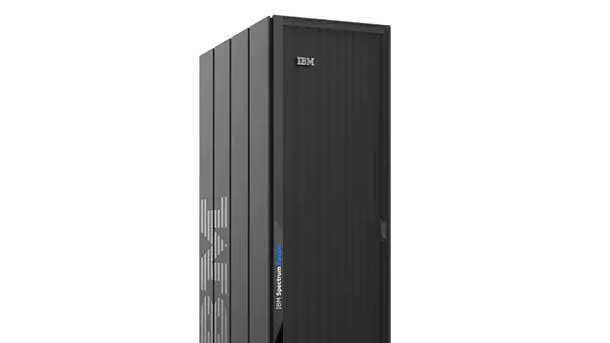
IBM’s Spectrum Fusion HCI
IBM’s new Spectrum Fusion HCI is an integrated hyperconverged system for containers targeting Red Hat OpenShift for hybrid cloud, AI and GPU-enhanced workloads via IBM’s enterprise storage services. The turnkey offering deploys Red Hat OpenShift on a hybrid cloud data platform in a 42U rack that offers a containerized file system with erasure coding. It also includes Ethernet switches along with data resiliency for local and remote backup and recovery.
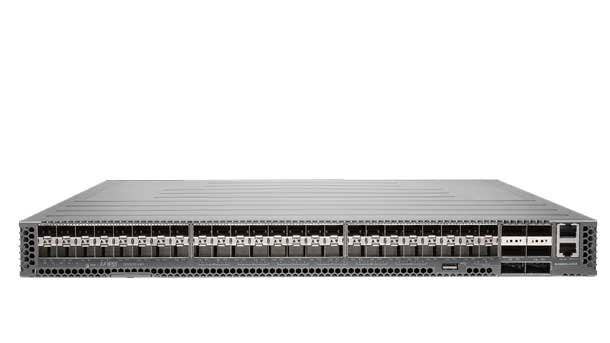
Juniper Networks’ QFX Series With Apstra
Juniper Networks’ QFX Series of switches were revamped this year with the injection of Apstra’s new 4.0 software. Apstra 4.0 takes intent-based networking to the next level by extending intent to connections for attached systems to ensure standardized operations. Customers can create their own resusable and validated templates, with network capabilities to alert operators when anything deviates from expectations. 9.
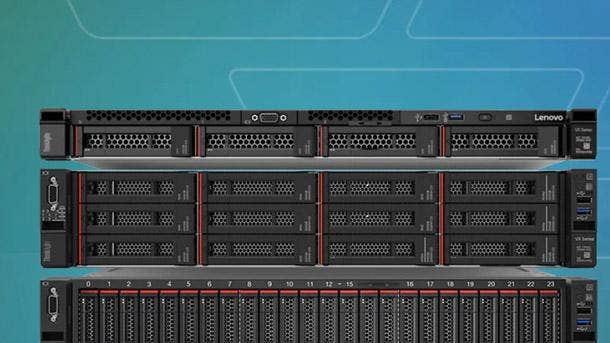
Lenovo ThinkAgile VX Series With VMware vSAN
Lenovo’s new hyperconverged ThinkAgile VX Series uses AMD EPYC 7003 Series processors and is tightly integrated with VMware vSAN to enable public cloud-like simplicity in a private or hybrid cloud environment. The VX Series is available in all-flash or hybrid configurations. The ThinkAgile VX3575-G is designed for compute-heavy applications such as VDI and AI workloads and has the ability to support up to eight Nvidia GPUs, while the storage-dense 2U offering targets storage applications including data and analytics.
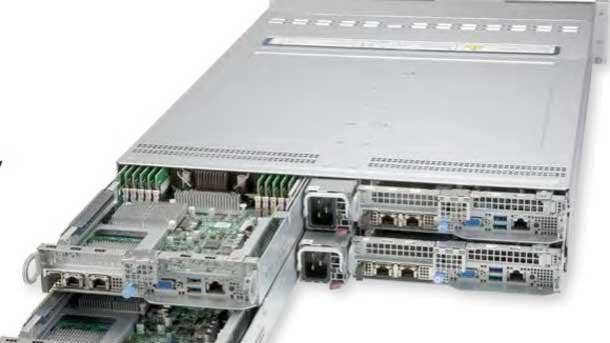
Supermicro 2U BigTwin
Supermicro’s 2U BigTwin server supports two or four nodes with up to 20 DIMM slots and 4 TB of memory. The BigTwin server has flexible storage options including allNVMe and hybrid NVMe/SAS/SATA3. The networking options range from 1 GbE to 200 GbE with cost-optimized server input/output. Supermicro’s server is made for a variety of use cases such as hosting and content delivery, software-defined storage, virtualization and the cloud.